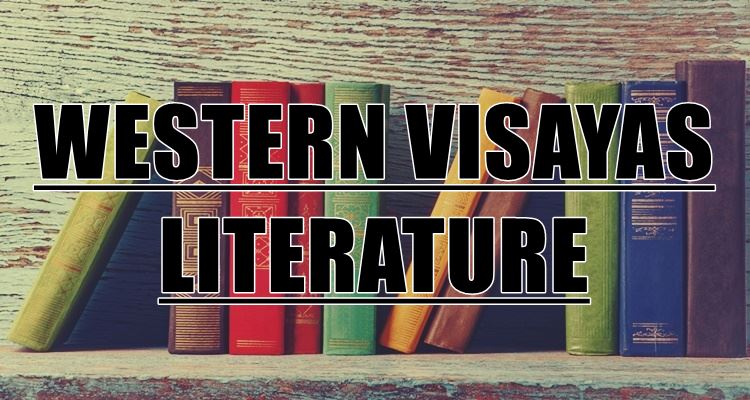How rich is Western Visayas Literature? Check out below!
WESTERN VISAYAS LITERATURE – The Western Visayas has a rich Hiligaynon literature and here are some key points about this.
Literature has become every culture’s means of expressing the thoughts, feelings, beliefs, and philosophies of people. And among the major components of this is the language where symbols, gestures, and motions communicated verbally and physically are involved.

The language is essential for communication and in Western Visayas, located in the central part of the Philippines, the lingua franca is Hiligaynon. And in a collaborative quantitative study of the Filipino Department of the West Visayas State University, the rich Hiligaynon literature has been uncovered.
The literature accordingly reflects the culture and tradition of the people and the collected pieces of literature were categorized in the following genres:
- Bulong
- Hurubaton
- Hururaon or Ududayun
- Hurubatun or Daraligon
- Huding
- Likayo
- Hakol
- Hangkat
- Garay-garay
- Short Verses such as
- folk songs
- daigon
- dayaw
- passion and praises
- lowa
- riddles
- short stories
These pieces came from the places on the Island of Panay such as Iloilo, Antique, Capiz, and Aklan, and from the Islands of Guimaras and Negros Occidental according to the study.
In this region, a poem is called binalaybay while the tale is asoy or the sugilanon.
Find out the others below:
- paktakon is riddle
- hurubaton is proverb
- ili-ili is lullaby
- belasyon is a vigil for the dead
- Pasyon is about the suffering of Christ
- pagdayaw is an ode to praise the queen’s beauty and virtue
- corridor is a medieval romance from the Spaniards and Rodrigo de Villas is the most popular
Among the most famous Panay epics are Labaw Donggon and the Hinilawod.
Some of the most popular names are:
- poet Delfin Gumban
- poet Serapion Torre
- poet-translator (from Spanish) Flavio Zaragoza Cano
- essayist-journalist Rosendo Mejica
- zarzuela masters Jose Ma. Ingalla and Jose Ma. Nava
- playwright Miguela Montelibano
- novelist-poet Magdalena Jalandoni
- essayist Augurio Abeto and Abe Gonzale
- novelist Ramon L. Musones
- poet Santiago Alv. Mulato
- novelists Jose E. Yap and Conrado Norada
- novelists Ismaelita Floro-Luza of Roxas City and Ma. Luisa Defante-Gibraltar of Bacolod
The other writers include for Hiligaynon — Alicia Tan-Gonzales, Peter Solis Nery, Edgar Siscar, Resurreccion Hidalgo, Alfredo Siva, Alain Russ Dimzon; Kinaray-a — Ma. Milagros C. Geremia Lanchica, Alex C. de los Santos, John Iremil E. Teodoro, Jose Edison C. Tondares, Maragtas S. V. Amante, Ma. Felicia Flores; Aklanon –– Melchor F. Cichon, Alexander C. de Juan, John E. Barrios.
Hiligaynon closed during Martial law but in the year 1989, it was resurrected. And during the Cory Revolution of 1986, here are some of its essential milestones:
- the emergence of Kinaray-a writing
- emergence of Aklanon writing
- emergence of writing in Filipino which is Visayan-based
- ferment of campus writing in these languages
- the emergence of multilingual writing in the region
READ ALSO:
- Lazaro Francisco Works – The Most Famous Works Of Lazaro Francisco
- Conchitina Cruz Biography – What’s The Life Story Of Conchitina Cruz?
What can you say about this? Let us know!
For more news and updates, follow us on Twitter:@philnews_ph Facebook: @PhilNews and; YouTube channel Philnews Ph.
